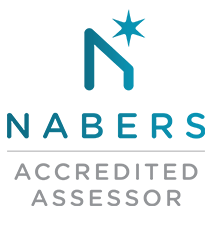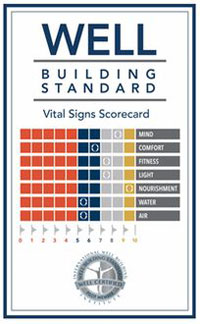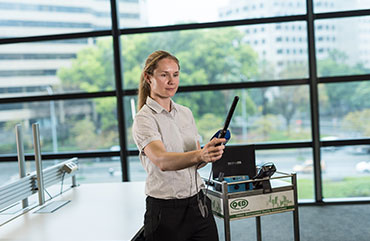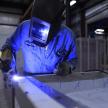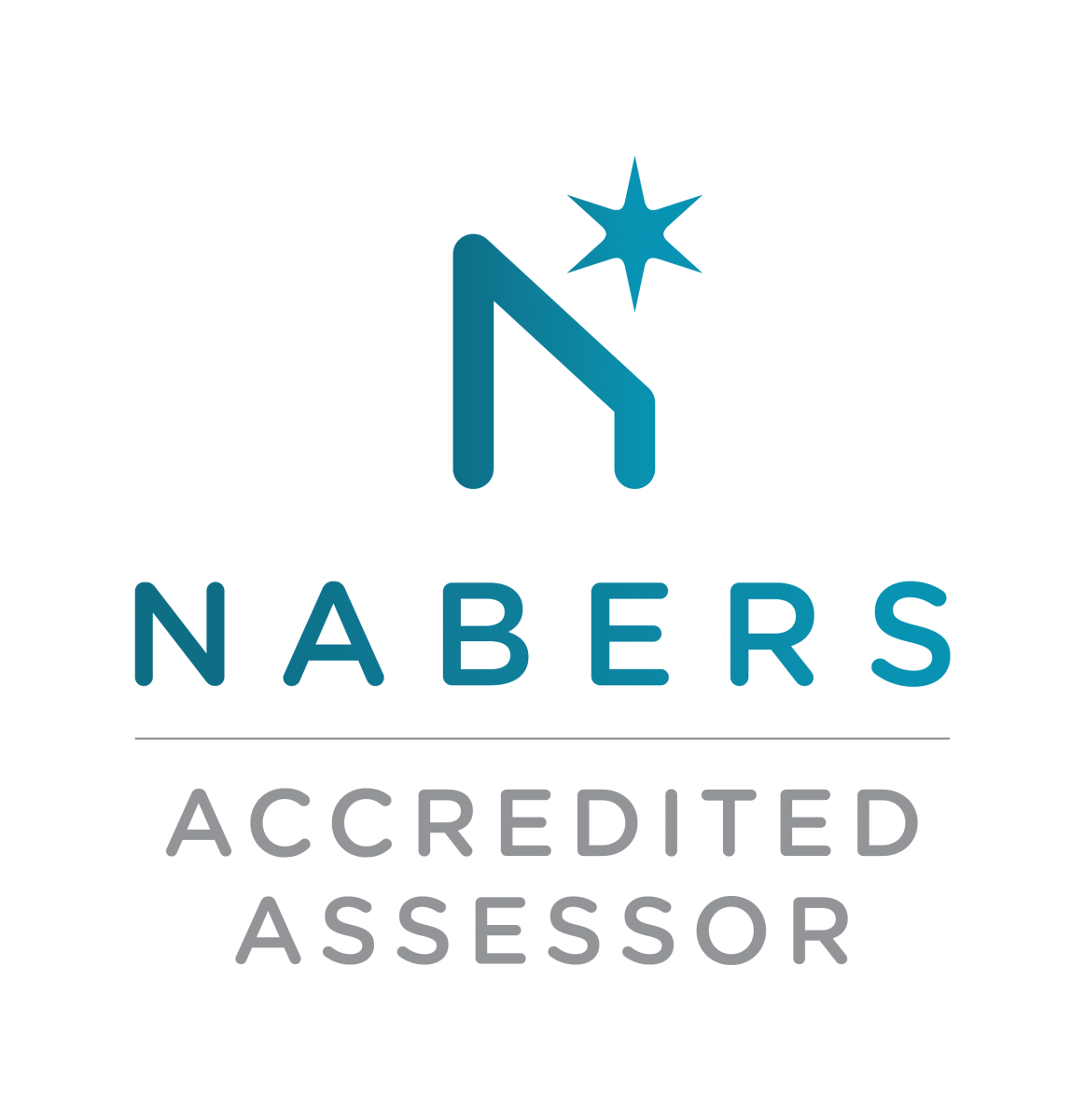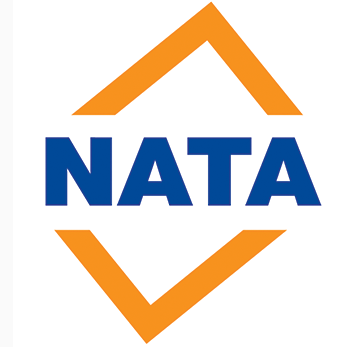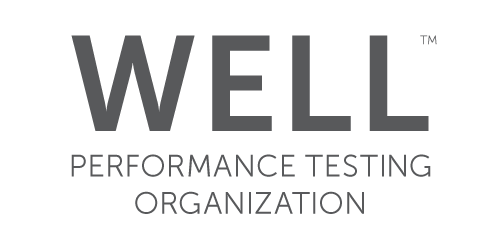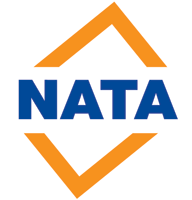
Wellness & Productivity: Benchmarking sustainability, health and productivity
Most people are familiar with NABERS Energy because that rating has been compulsory for several years. NABERS also provides rating tools for other aspects of performance, such as Indoor Environment, Water and Waste.
Indoor Environment is critical to tenant organisations because it has been proven to enhance staff productivity.
There are alternative or complementary rating schemes to NABERS:
- Greenstar Performance reviews data from the building’s continuous monitoring systems.
- Well Building Standard is a common foundation for measuring wellness in the built environment.
QED Environmental Services specialises in the objectively measured components of these rating schemes, in particular for Indoor Environment. QED has rated some of the highest performing buildings in Australia.
Learn more about NABERS Indoor Environment ratings or WELL Building Standard by following the links.
Indoor Environment Quality
Quality of the environment created within a building is fundamental to its occupants’ health, wellbeing and productivity. This is particularly true for office buildings where many occupants spend a large proportion of their daily life, and their activity involves more cognitive oriented tasks.
The indoor environment of a building is influenced by:
- Thermal comfort including air temperature, radiant temperature, relative humidity and air speed
- Acoustic comfort including ability of building to minimise external noise as well as the noise levels within the tenanted space
- Indoor air quality including ventilation effectiveness and levels of pollutants (gaseous, particulate and biological)
- Lighting to maximise daylight whilst minimising glare and heat
Why Rate Indoor Environment?
- Official certification improves the overall standing of premises, Property Council of Australia building grades now allow for indoor environment ratings
- Marketing and presentation to prospective tenants, and engagement with current tenants
- Allows for tracking of continuous improvement.
Which Building Rating Scheme Should I Use?
QED has experience with all rating schemes and can assist in deciding which rating to undertake.
We often perform some limited testing to estimate a predicted rating which can assist in the decision process. Attaining the highest rating may depend on the availability of continuous sensor data from your building management system, or as an alternative we can undertake continuous monitoring using innovative technologies such as SAMBA.
For more information, or to book your consultation contact us today.



